Can/Are processors be designed using different technologies ? What I mean here is: in, for example, Intel's 28nm processors, are all the gates in that processor built in 28nm technology or are only the most critical parts of that processor built in 28nm, the other, much much less critical parts being designed in other much less expensive technologies such as 65nm or more for example ?
If yes [processors are a mixture of technologies] how can this be done in practice (i.e different technologies on a same die) ? And why is this done ?
I'm curious about all this so any extra info related to these questions is also more than welcome
